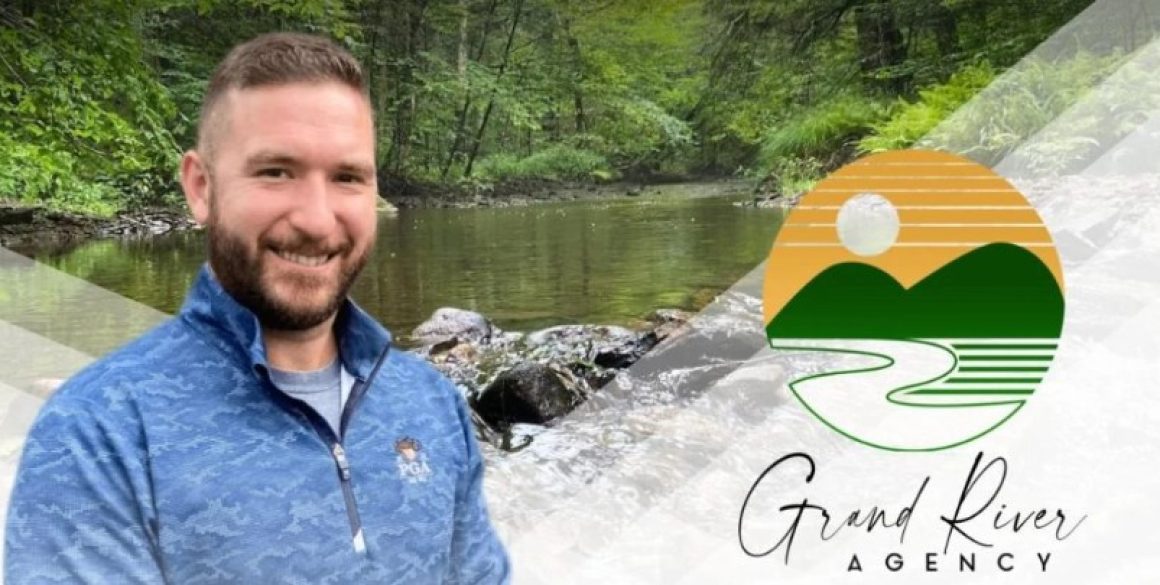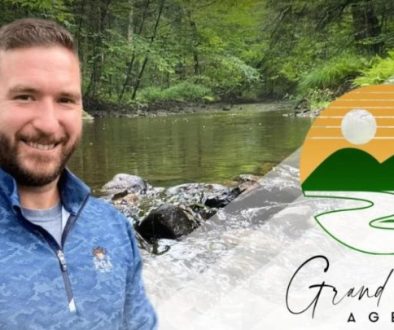Kelsey Boudin: Public Relations Strategies from a Former Journalist
As a professional journalist, Kelsey Boudin was known for building strong relationships with community leaders who aimed to earn public relations coverage for their businesses and charitable initiatives.
Why did some earn that coverage over Boudin’s award-winning career while others failed? Because they were able to build relationships with him!
Now the President & Founder of Grand River Agency, Boudin recently wrote a blog post titled 8 Proven Strategies from a Former Journalist to Improve Public Relations. In it, he describes the tactics that some of the most impactful public relations professionals used to make media pitches (that didn’t end up in the trash).
Check out the original blog link above. And below is a synopsis of his key points for public relations strategies as part of your organization’s overarching brand storytelling strategy:
Understanding the Essence: Public Relations vs. Earned Media Coverage
Ironically enough, some of the best at “earned media” coverage in the Olean, NY area, in Boudin’s experience, weren’t even public relations pros. That reality, he says, proves that effective PR isn’t solely the domain of professionals, but extends to passionate individuals dedicated to spreading their message.
PR professionals today are best served to draw from the experiences of a former news journalist.
Before unraveling the tactics, it’s crucial to grasp the value of earned media coverage. Earned media, derived from reputable third-party outlets, is a testament to your organization’s credibility. Despite declining trust in media, 58% of consumers still find editorial content trustworthy compared to paid advertising channels.
Tip 1: Selling vs. Helping
Avoid the trash bin fate for your press release. Focus on providing valuable information that genuinely benefits the reader. Highlight how your story adds value to the audience rather than showcasing your organization’s greatness. Stop selling and start helping!
This approach establishes you as a trustworthy resource.
Tip 2: Following Up Appropriately
Journalists navigate hectic schedules, and your public relations pitches might slip through the cracks. Follow up within 48 hours and, if needed, gently remind them after five business days. Write follow-up messages with unique value, avoiding repetition.
Don’t follow-up aggressively. If you do, your organization may never see time or space in that media outlet again. Be respectful. Journalists’ time is incredibly valuable. If they neglect to respond or address your press release in a timely fashion, they’ve either made a “no” decision for good reason or put your correspondence on the back burner due to time constraints.
Tip 3: Express Urgency (Sparingly) to Reignite Interest
For journalists who’ve turned silent, inject urgency into your follow-up. Phrases like “deadline approaching” or “time-sensitive opportunity” can reignite interest. But use this tactic sparingly to maintain authenticity and credibility. The “last chance” tactic comes across quite salesy.
Tip 4: Nurturing Media Relationships
View follow-up success as more than securing earned media placements. Consider it an opportunity to build lasting relationships that could earn more than one-off media coverage. Show appreciation through thank-you emails or special tokens of gratitude. Invite your chosen journalist to be a key member of your communications team.
Tip 5: A Personalized Approach
Avoid generic approaches. Personalize your follow-ups by referencing the journalist’s previous work, demonstrating your thorough research and appreciation for their areas of expertise. Tailor your messages to align with their journalistic goals, reinforcing your pitch’s relevance to their specific beat.
Tip 6: Effective Subject Lines
Subject lines matter. Craft intriguing lines that hint at value and spark curiosity. Again, avoid gimmicky or time-sensitive ploys, as they may end up flagged as spam.
Tip 7: Multichannel Outreach
Explore a multichannel approach. While email is primary, reach out through social media or even a brief phone call. Adapt your strategy based on the journalist’s preferred mode of interaction.
Tip 8: AI for PR Pitch Writing
Embrace artificial intelligence (AI) as an ally. But remember, you hold the key to providing human elements like substance, style and tone. Tools like ChatGPT can assist, but they’re a supplement, not a replacement.
Elevating Your PR Success: Contact Grand River Agency Today
Incorporating these advanced strategies into your public relations arsenal positions you as a professional who not only excels in media pitching, but also values enduring relationships with journalists. Doing so effectively may just earn your organization media coverage as part of a comprehensive communications strategy for years to come.
Start implementing these tips today, and witness your media placements soar. If you seek advice from a seasoned former journalist, feel free to reach out to Kelsey Boudin here. Elevate your PR game with strategies rooted in insider knowledge!



